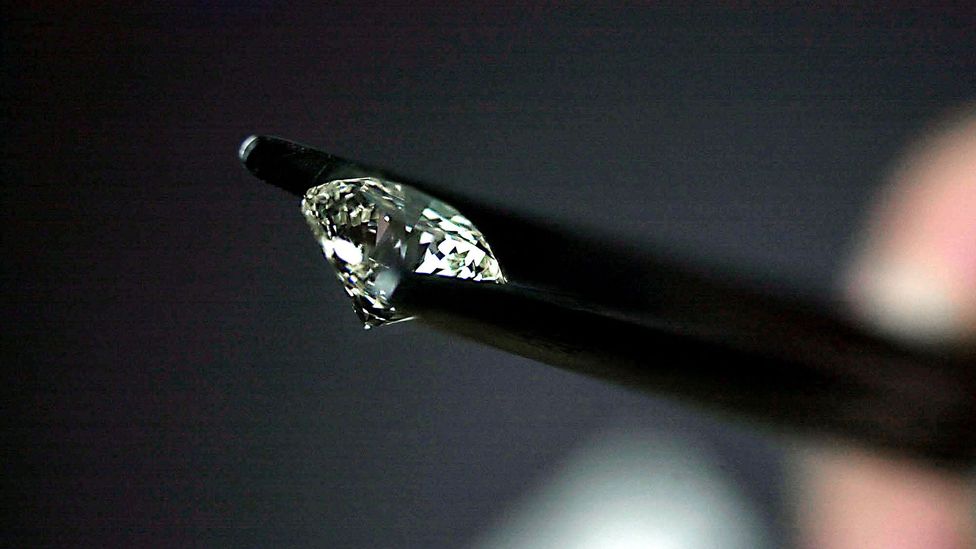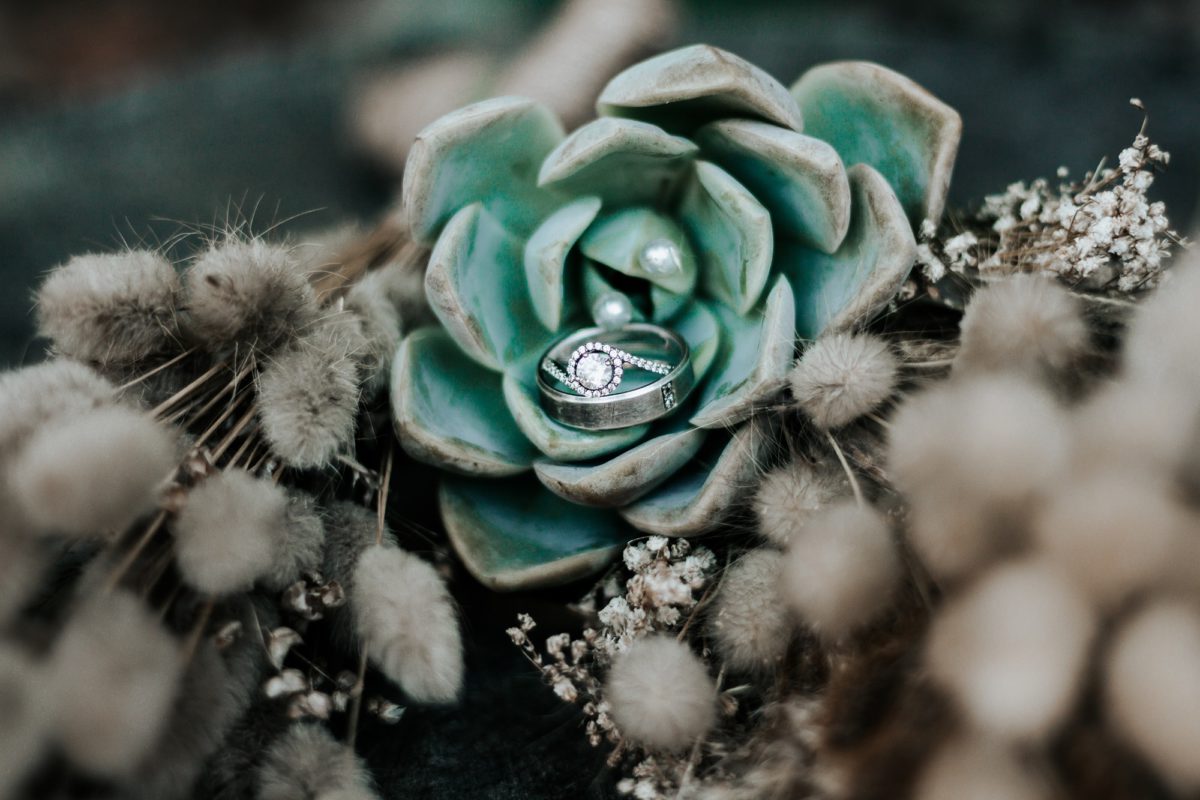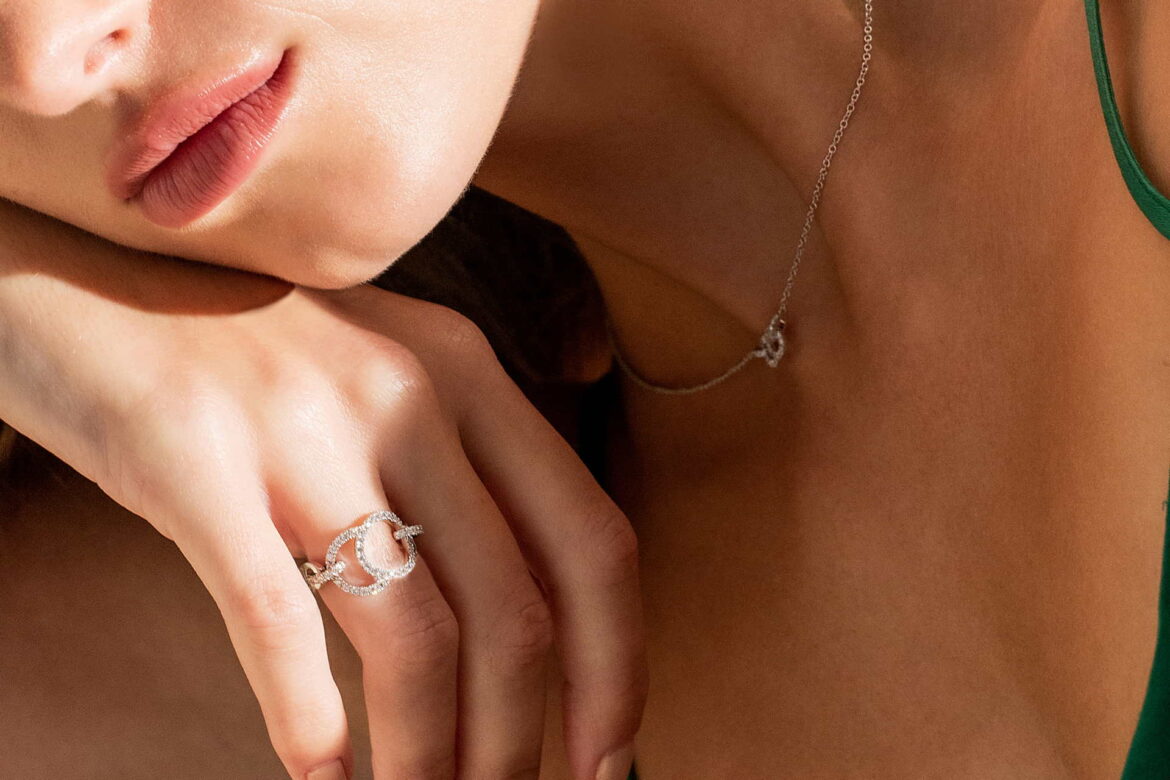As the world continues to move toward a more sustainable future, lab-grown diamonds are becoming an increasingly popular alternative to traditionally mined diamonds. In today’s fashion industry, sustainability is an important factor in how products are made and consumed.
Lab-grown diamonds offer several advantages over their mined counterparts – they require less energy and resources to produce, have no social or environmental impact, and can be produced with greater precision and consistency than natural-occurring stones.
This article will explore the role that lab-grown diamonds could play in helping create a more sustainable fashion industry. Well, look at some of the benefits they bring compared to traditionally sourced stones, as well as ways in which they could shape the future of ethical production methods.
Finally, will examine how this new technology might influence consumer buying behavior and preferences when it comes to purchasing jewelry items for themselves or their loved ones.
Reducing Environmental Footprints in the Jewelry Industry

Source: ychef.files.bbci.co.uk
Lab-grown diamonds are revolutionizing the jewelry industry, offering a more sustainable alternative to mined diamonds. By reducing environmental footprints within the jewelry industry, lab grown diamonds offer an eco-friendly option that can help reduce harm to our planet and its resources.
The production of lab-grown diamonds is much less demanding than mining natural ones, as it does not require any excavation or use of hazardous chemicals. This means that fewer resources are used in their creation and no damage is done to land or ecosystems during extraction from the earth.
Additionally, because they’re created in controlled settings rather than being pulled from nature’s depths, there’s reduced risk for human exploitation and labor abuse associated with child labor or forced labor.
Moreover, due to their efficient manufacturing process and smaller carbon footprint compared to traditionally mined diamonds, lab-grown gems have become increasingly popular among consumers looking for ethically sourced products with minimal environmental impact.
With growing demand comes increased availability of sustainably produced stones—making it easier than ever before for customers seeking out greener options when selecting fine jewelry pieces such as engagement rings.
How Lab-Grown Diamonds are Changing the Way We Create Sustainable Fashion

Source: jackmurphyjewellers.com
Lab Grown Diamonds are at the forefront of a new wave in a sustainable fashion. As an eco-friendly alternative to traditionally mined diamonds, they are helping reduce the industry’s carbon footprint and ushering in a more sustainable future.
Lab-created diamonds have become increasingly popular due to their affordability and ethical production process, making them ideal for creating fashionable jewelry pieces without sacrificing quality or style.
The high-grade technology used to create lab-grown diamonds can produce stones with excellent clarity and color that meet the same standards as naturally mined diamonds – giving you luxurious yet guilt-free jewelry options. In addition, Lab Grown Diamonds offer greater flexibility when it comes to design choices and gemstone cuts – allowing users to customize their unique piece of jewelry that is tailored perfectly for them.
With its ability to provide both personalized designs and an environmentally conscious choice of material, lab-grown diamond jewelry has revolutionized how we create stylish but sustainable fashion pieces that fit our individual needs.
The Benefits of Using Lab-Grown Diamonds for Sustainable Fashion Designers
:max_bytes(150000):strip_icc()/labgrownlede-2b7540f7f7404558a08f1a555862f3d3.jpg)
Source: .brides.com
Lab-grown diamonds are increasingly becoming a popular choice among sustainable fashion designers. Unlike mined diamonds, lab-grown diamonds use much less energy, water, and resources in their production process and have no negative impact on the environment.
Moreover, they are ethically sourced as they do not involve any human labor or conflict-based activities like mining does. In terms of their aesthetic properties, lab-grown diamonds offer many benefits to sustainable fashion designers – from their ability to be created in different sizes and shapes that can meet specific design requirements, to their range of colors for creating unique pieces of jewelry.
Furthermore, due to its low cost compared to mined stones, it allows for more creative freedom when designing without compromising on quality or aesthetic appeal.
This versatility and affordability of lab-grown diamonds have made them an indispensable component of sustainable fashion design over traditionally mined stones. As such they have become a key part of making sure that future designs are environmentally friendly while looking stylish at the same time.
A Look into the Future and Potential Impact of Lab-Grown Diamonds on Sustainable Fashion

Source: .econyl.com
The potential impact of lab-grown diamonds on sustainable fashion is something worth considering for the future. As these diamonds are created in a lab and do not involve traditional diamond mining, they provide a more eco-friendly alternative that could help reduce the environmental cost associated with obtaining natural resources.
In addition to their sustainability benefits, these diamonds offer an opportunity for ethical shopping as they are conflict-free and have no connection to human rights violations often linked to traditional diamond mines. Furthermore, lab-grown diamonds can also be used to create more affordable jewelry options while still providing a quality product that won’t lose its sparkle over time.
These gems boast identical features found in mined stones but at lower prices due to their synthetic production process–a bonus for those looking for high-quality items without breaking the bank.
Finally, by choosing laboratory-produced stones, consumers can rest assured knowing their purchase was made responsibly without contributing financially or indirectly towards activities such as child labor in developing countries.
For all of these reasons, it’s likely that sustainable fashion will continue using lab-grown diamonds into the future as the demand increases from conscientious shoppers who care about ethics and ecology when making purchases.
Understanding this potential influence is key in helping shape upcycling initiatives moving forward so we can make sure our future fashion choices benefit everyone involved regardless of financial means or beliefs.

